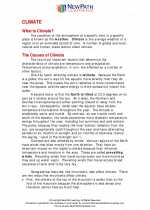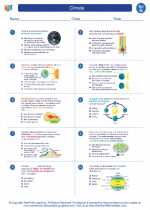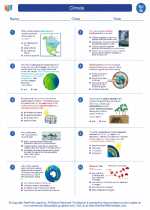Cenozoic Era
The Cenozoic Era, also known as the "Age of Mammals," is the most recent of the three major geological eras. It began about 66 million years ago and continues to the present day. The Cenozoic Era is divided into three periods: the Paleogene, Neogene, and Quaternary periods.
Paleogene Period
The Paleogene period lasted from about 66 to 23 million years ago. This period is marked by the diversification and expansion of mammals and the rise of birds and flowering plants. It also includes the Paleocene, Eocene, and Oligocene epochs.
Neogene Period
The Neogene period followed the Paleogene and lasted from about 23 million years ago to 2.6 million years ago. This period is characterized by the continued diversification of mammals, the emergence of early hominids, and the development of grasslands and savannas. It includes the Miocene and Pliocene epochs.
Quaternary Period
The Quaternary period began about 2.6 million years ago and continues to the present day. It is marked by the onset of repeated glacial cycles and the emergence and spread of modern humans. The Quaternary period includes the Pleistocene epoch, known for its ice ages, and the ongoing Holocene epoch, which encompasses the rise of human civilization.
Key Events and Developments
- Diversification and dominance of mammals
- Evolution of early primates and hominids
- Expansion of grasslands and savannas
- Climate fluctuations, including ice ages
- Rise of modern humans and human civilization
Study Guide
When studying the Cenozoic Era, it's important to focus on the following key points:
- The major periods and epochs of the Cenozoic Era
- The significant developments in mammal evolution
- The emergence of early primates and hominids
- The impact of climate change and glacial cycles
- The rise of modern humans and human civilization
Understanding these key aspects will provide a comprehensive overview of the Cenozoic Era and its importance in the history of life on Earth.
Good luck with your studies!
.









